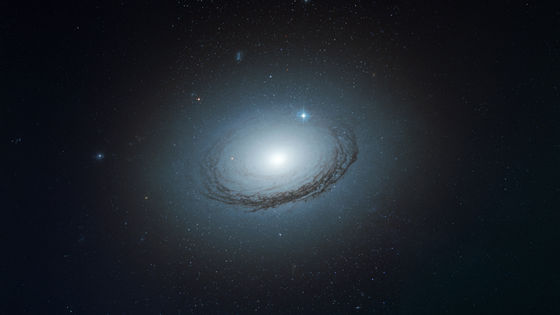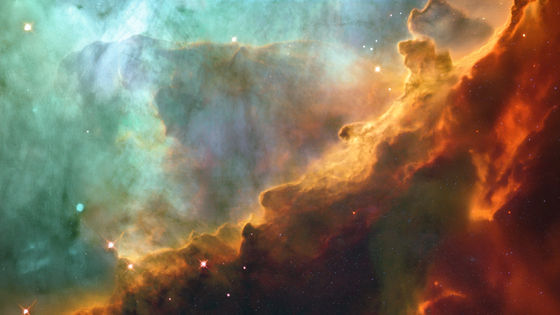Are humans in a special place in the universe?

For a long time, humans have believed that the Earth is the unique center of the universe, but with the development of observational technology, we have learned that there are countless stars other than the Sun, and that many of these stars have planets like Earth. However, new observational data has revealed that the idea that 'everywhere in the world is the same' may actually be incorrect.
Do We Live in a Special Part of the Universe? | Scientific American
The idea that the universe is homogenous and looks the same in every direction is built into the core of cosmology in the form of the Cosmological Principle .
When we actually observe the universe, we can see that there are large-scale structures such as superclusters, which are made up of galaxy clusters, and filaments made up of those superclusters. However, on the scale of the universe, these are just 'ordinary places that can be found anywhere.'
Alexia Lopez of the University of Central Lancashire in the UK likened the stars in the universe to sand on a beach, explaining, 'If you look at a handful of sand under a microscope, you can see grains of different shapes and sizes and colours, but if you walk along the beach and look at it, it just appears to be a uniform beige colour.'

This homogeneity allows humans to apply knowledge gained from observing nearby celestial bodies to objects at the edge of the universe, and allows us to make reliable inferences about the universe as a whole by observing only a small part of it.
The cosmological principle is useful for simplifying the universe, and astronomers use it to do everything from calculate the effect of dark matter on galaxy clusters to infer how common conditions suitable for life are throughout the universe.
'It's all based on the idea that the cosmological principle is true, but it's also a very loose assumption, so it's very difficult to test,' Lopez said.
Astronomers haven't yet given up on the cosmological principle, but they are beginning to question it. One approach is to find structures so massive that they call into question the homogeneity of the universe even on very large scales -- specifically, anything larger than about 1.2 billion light years would break down homogeneity.
Several candidates have already been found. For example, in 2021, Lopez discovered the '

The study of cosmology itself has led to questions about the cosmological principle. For example, the cosmic microwave background radiation, a remnant of the Big Bang, contains mysterious large-scale fluctuations that don't appear to be completely random and have no satisfactory explanation, says Dragan Huterer, a cosmologist at the University of Michigan.
Some scientists suggest that these challenges to the Cosmological Principle may be explained by another principle called '
This means that the variations astronomers observe may simply be fluctuations in the data, rather than a reflection of the intrinsic nature of the universe. Even if astronomers find anomalies that call into question the homogeneity of the universe, they may still be able to say that the universe is homogeneous enough if we consider the unobserved regions that extend beyond our observable range.
'Scientists who want to study the shape of galaxies are lucky because there are billions of galaxies in the universe, so they can use statistics to answer their questions, and the variance in the sample is very small,' said Futterer.
On the other hand, the observable universe is only about 93 billion light years across, so we can only find a few examples of structures billions of light years in size.

Thus, some astronomers believe that the challenge of the cosmological principle is a statistical problem, while others believe that the cosmological principle needs to be reconsidered.
'We don't have conclusive evidence that the principle breaks down, but there are some very interesting exceptions,' Futterer said. 'But whether you support or reject the cosmological principle, it's a difficult problem. Unlike laboratory tests that can be repeated over and over again, there is only one universe.'
Related Posts:
in Science, Posted by log1l_ks







